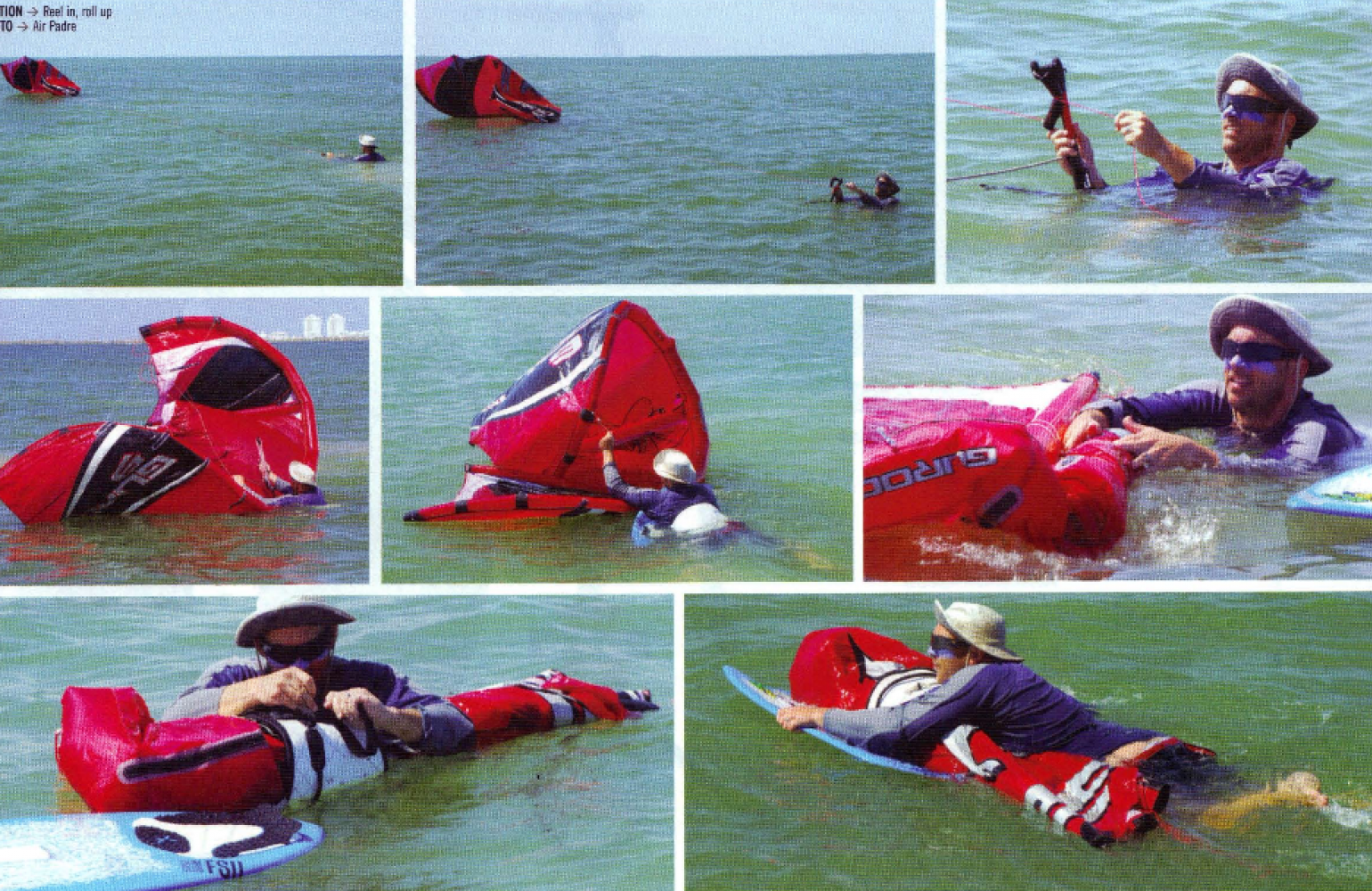SÜGAVAS VEES VARUSTUSE KOKKUPAKKIMINE / ENESEPÄÄSTMINE
-

- 3691 view(s)
- 0 comment(s)

Käes on aeg lõpetada see enesepäästmine mida sa õppisid oma esimesel lohesurfi koolitusel.. Olukorrad kus enesepäästmist vaja võib minna võivad olla erinevad aga igal lohesurfil tuleb seda ette vähemalt üks kord. Tuule suuna muutus, drastilised tuule tugevuse muutused (suurenemine või vähenemine) ja lähenevad tormid on mõningad looduslikud faktorid. Katkine varustus nagu näiteks sassis ja katki läinud liinid, katkised konksuaasad on mõningad varustuse tõrked, mis võivad muuta selle kasutuskõlbmatuks. Me aitame selgeks teha kuidas õigel moel turvaliselt kaldale tagasi saada.

Lohesurfi varustuse tootjad
* Advance: www.advance-kites.com
* Airush: www.airush.com
* Best: www.bestkiteboarding.com
* Blade: www.bladekites.com
* Boom Kites: www.boom-kites.com
* Bull Kites: www.bullkites.com
* Cabrinha: www.cabrinhakites.com